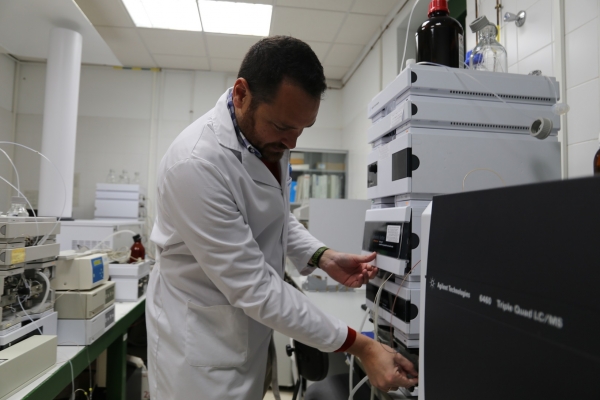Lipids are diverse biological molecules that are divided into families such as phospholipids, triglycerides and cholesterol esters, to name but a few. Lipids are involved in a wide range of biological functions and are very interesting from a clinical point of view because they work as biomarkers for many diseases, meaning their metabolic deregulation can warn of possible illnesses. Moreover, from a nutritional point of view, they are key, because they are greatly affected by diet due to the fact that they reflect the kind of fat being eaten.
Lipids are trendy. In the last few years, many efforts have been made to maximize the information regarding these molecules that could impact the development of different kinds of cancer, diabetes and Alzheimer’s.
In order to broaden our understanding of lipids, of which there are up to 2,000 different species in the human body, the scientific community has been working to improve technology with the aim of detecting the greatest possible number of lipid families.
Along this line of research, UCO Analytical Chemistry Department and Maimonides Biomedical Research Institute of Cordoba researcher Feliciano Priego Capote has been working on a team that has developed an analytical method able to detect up to 400 lipids in a blood plasma sample in one hour, even finding the species with low concentrations.
Up until now, the technique used was high resolution mass spectrometry which allowed for detecting lipids in a specific way, though there had to be a high concentration in the sample. In order to deal with this issue, the strategy was changed. By using low resolution mass spetrometry (with a triple quadrupole analyzer), though resolution is lower, it can detect lower concentrations and thus, find a greater number of species. In the research performed, they previously studied how each molecule is broken when specific energy is applied and what fragments are produced.
This information is used in sample analysis when the detection of different molecular fragments can unmistakably identify different lipids.
With this advance, we delve deeper into the detection of different lipid families in blood plasma, making it easier to determine a greater number of species at lower concentrations, increasing the amount of information about the body and lowering costs by using low resolution techniques.
López-Bascón, M.A., Calderón-Santiago, M., Díaz-Lozano, A. et al. Development of a qualitative/quantitative strategy for comprehensive determination of polar lipids by LC–MS/MS in human plasma. Anal BioanalChem (2019). https://doi.org/10.1007/s00216-019-02261-8


